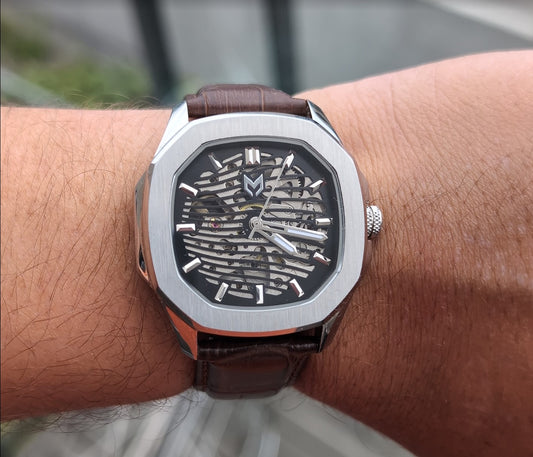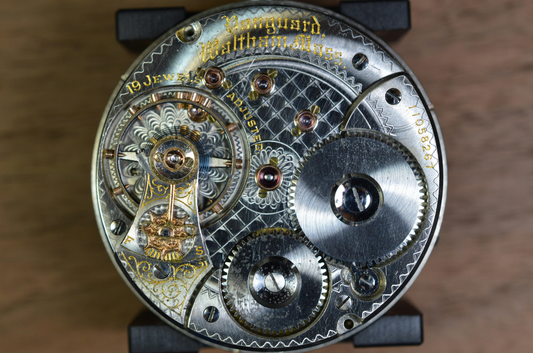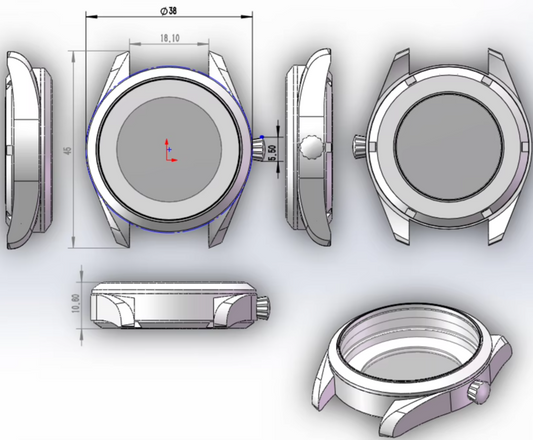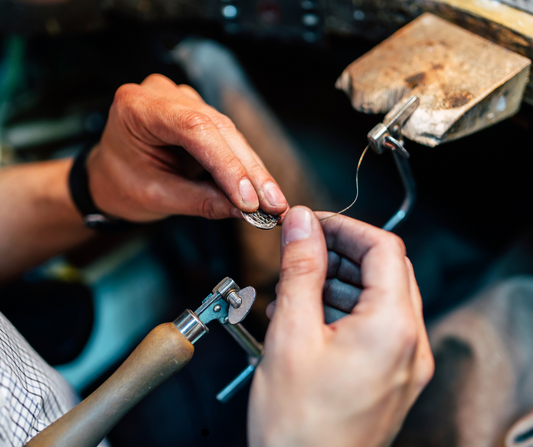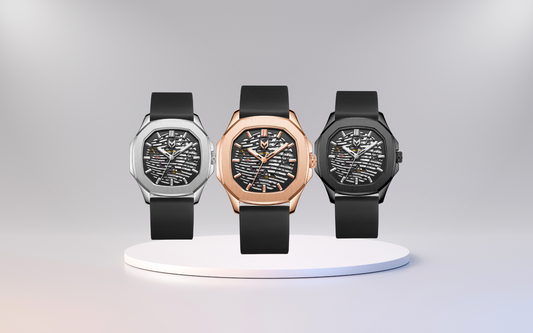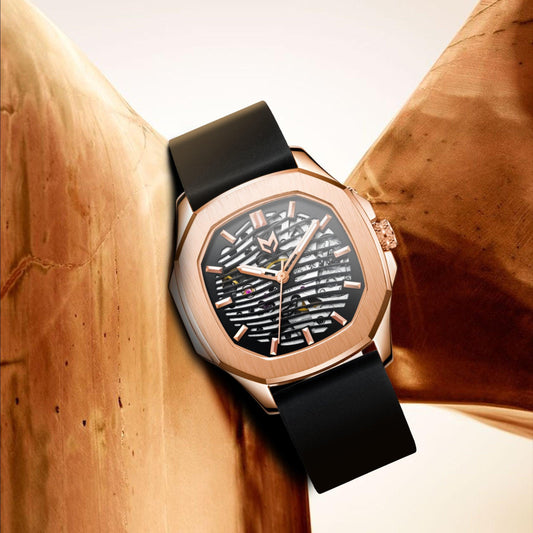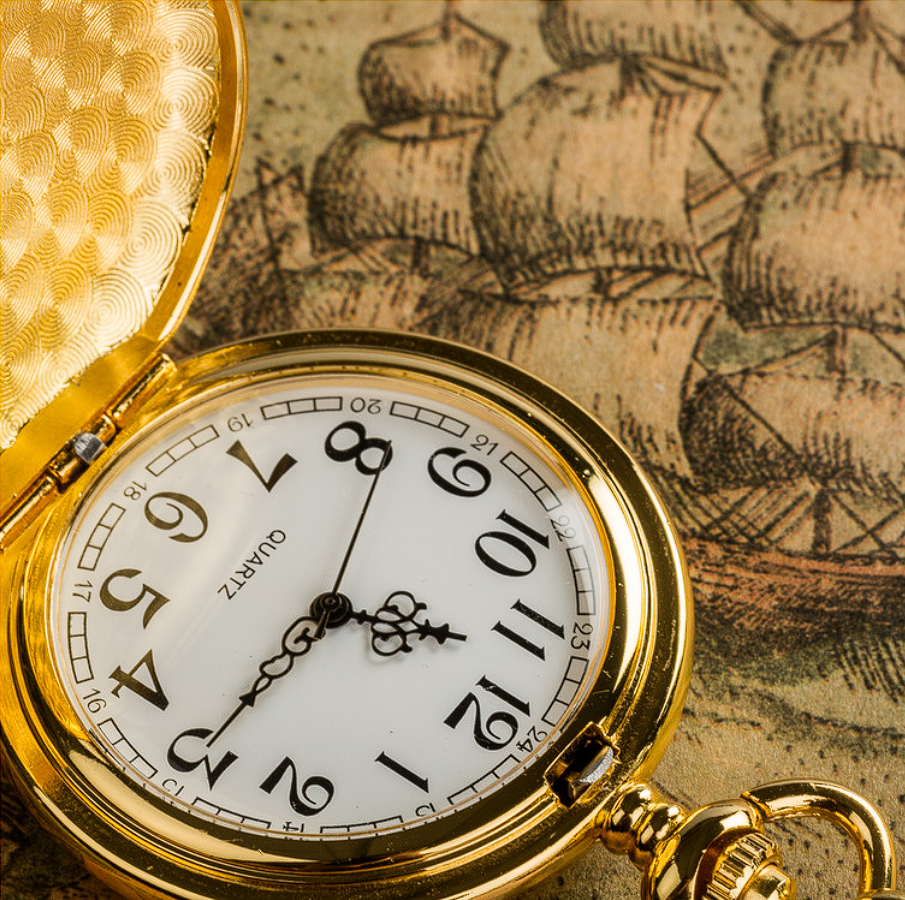
History of watches
Watches have always held a special place in our lives. More than just devices for telling time, they are intricate pieces of art, engineering marvels, and sometimes, cherished heirlooms. From the classic elegance of mechanical watches to the cutting-edge technology of smartwatches, the world of horology is a captivating journey through time. In this blog post, we delve into the fascinating world of watches, exploring their history, craftsmanship, and enduring appeal.
The story of watches dates back centuries, with roots in ancient civilizations like the Egyptians, who used sundials to measure time. Over time, innovations such as water clocks and mechanical clocks paved the way for the development of portable timepieces. The 16th century saw the rise of wearable watches, initially as ornate accessories for the elite. As technology advanced, watches became more accurate and accessible, evolving into the everyday essentials we know today.
One of the most captivating aspects of watches is the craftsmanship behind them. Whether it's the intricate gears of a mechanical movement or the sleek design of a modern timepiece, watches marry form and function in exquisite detail. Watchmaking is a meticulous art, requiring skilled artisans to assemble hundreds of components with precision and care. From the intricate engravings on the case to the delicate finishing of the hands, every aspect of a watch reflects the dedication of its makers.
Throughout history, certain watches have achieved legendary status, transcending their function to become cultural icons. From the Rolex Submariner worn by James Bond to the Omega Speedmaster worn by astronauts on the moon, these timepieces have left an indelible mark on popular culture. Each watch tells a story, whether it's a symbol of adventure, innovation, or timeless style. Exploring the stories behind these iconic timepieces adds another layer of fascination to the world of watches.
In recent years, the emergence of smartwatches has revolutionized the watch industry. Blending technology with traditional watchmaking, smartwatches offer a range of features beyond just telling time. From fitness tracking to receiving notifications, these devices have become essential companions for the modern lifestyle. While some purists may prefer the classic appeal of mechanical watches, there's no denying the convenience and innovation that smartwatches bring to the table.
As we embrace the future of watchmaking, it's essential to preserve the legacy and tradition that make watches so special. Whether it's supporting independent watchmakers or learning about the history of horology, there are many ways to celebrate the art of watchmaking. Investing in a quality timepiece is not just about owning a luxury item; it's about appreciating the craftsmanship and heritage that goes into each watch.
Watches are more than just instruments for telling time; they are timeless symbols of style, craftsmanship, and innovation. Whether you're drawn to the classic elegance of mechanical watches or the cutting-edge technology of smartwatches, the world of horology offers something for everyone. By exploring the history, craftsmanship, and iconic timepieces of watches, we gain a deeper appreciation for these fascinating devices that have stood the test of time.

